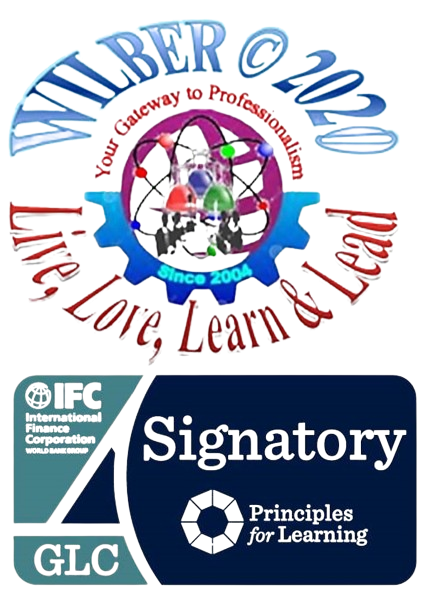THE TRAFFIC OPERATIONS

Every police agency and every local government responsible for road and highway traffic safety should perform the basic functions of traffic law enforcement, traffic accident management, and traffic direction and control.
[1] Every police agency should perform the basic function of traffic law enforcement – the police activity specifically directed toward controlling traffic violations through preventive patrol and enforcement, case preparation, and court testimony.
This function:
- Should include line patrol, area patrol, selective location patrol, and records and logistics; and
- Should be a fundamental responsibility of all uniformed officers.
[2] Every police agency should perform the basic function of traffic accident management. This function relates to police activities connected with traffic collisions and includes providing assistance to the injured, protecting the scene, preparing reports, taking necessary enforcement action, and conducting follow-up investigations. The function should include:

- Initial traffic accident investigation, follow-up investigation, traffic control at the scene, injury controls enforcement action, records, reports, and notifications; and
- On-scene investigations of all accidents involving a fatality, personal injury, or one or more vehicles that must be towed from the scene.
[3] Every local government with responsibility for traffic direction and control should perform the basic function of traffic control and direction which has a direct and immediate effect on traffic flow. Such activities are those which have an immediate and direct effect. These activities:

- May include intersection control, parking control, pedestrian control, police escort, special event control, and hazard control;
- Should not be performed by employees if the need can be anticipated in advance, and electronic traffic control devices can be installed, unless employees are cost-effective.
[4] Every police agency should develop and implement written policies governing the investigation of traffic accidents, enforcement of state and local traffic laws and regulations, and traffic direction. Police chief executives should ensure that these policies are regularly communicated to all supervisors and line personnel. These policies should include guidelines on:
- Physical arrests, issuance of warnings and citations, and transportation of arrestees;
- Investigation of traffic accidents;
- Inter-jurisdictional responsibility and authority for traffic supervision; and
- Ancillary services that have an indirect effect on traffic flow.
[5] Every state should assume complete responsibility for licensing all drivers of motor vehicles, vehicle registration, vehicle inspection, vehicle weight control, carrier, and commercial regulation (Locally we have LTO & LTFRB).
- Activities that do not require peace officer status should be assigned to non-sworn personnel.
- Observed failure to comply with driver licensing, vehicle registration, and equipment and safety regulations, should be subject to citation or reported to the appropriate agency through clearly established channels of communication.

[6] Every police agency should employ, where necessary, specialized equipment operated by specially trained personnel to implement effective traffic programs.
[7] Local police agencies of sufficient size should be consistent with an analysis of need, establish specialized accident investigation and traffic enforcement units. These units:
- Should be staffed with as few personnel as the local traffic problem will permit;
- Should be functionally decentralized to the most effective command level.
[8] Every police agency should make assignments for all traffic functions on the basis of traffic volume, accident experience, violation frequency, and congestion.

- Selective enforcement techniques should be implemented through the assignment of men and equipment by time and location on the basis of demonstrated need.
- The establishment of a selective enforcement task force should be considered when the state or community accident death rate exceeds the national average or exceeds the average for the state or community for the last three years.
- Every police agency should have access to expertise in highway safety management.
- Specialization should be limited according to need, and the major street traffic duties should be performed by patrol officers.
[9] Every police agency should be capable of performing or arranging the performance of, activities necessary to support traffic line functions. These activities:
- May include administration, planning, budgeting, personnel management, research and analysis, public information, training, communications, transportation, records, and identification, property control, equipment supply, and laboratory services; and
- Should enable the police agency to gather and analyze traffic information and to maintain records to guide the agency in the safe movement of traffic.

>Every police agency should periodically release traffic safety information and traffic safety educational material to the general public and should cooperate with appropriate educational institutions in the preparation and presentation of traffic safety educational programs.

METHOD OF IMPLEMENTATION
Implementation must be made by individual police departments.
METHOD OF IMPLEMENTATION
Implementation must be made by individual police departments.
Next: The Special Crime Tactical Forces. Click “Continue” to proceed or previous” to review the previous module.

